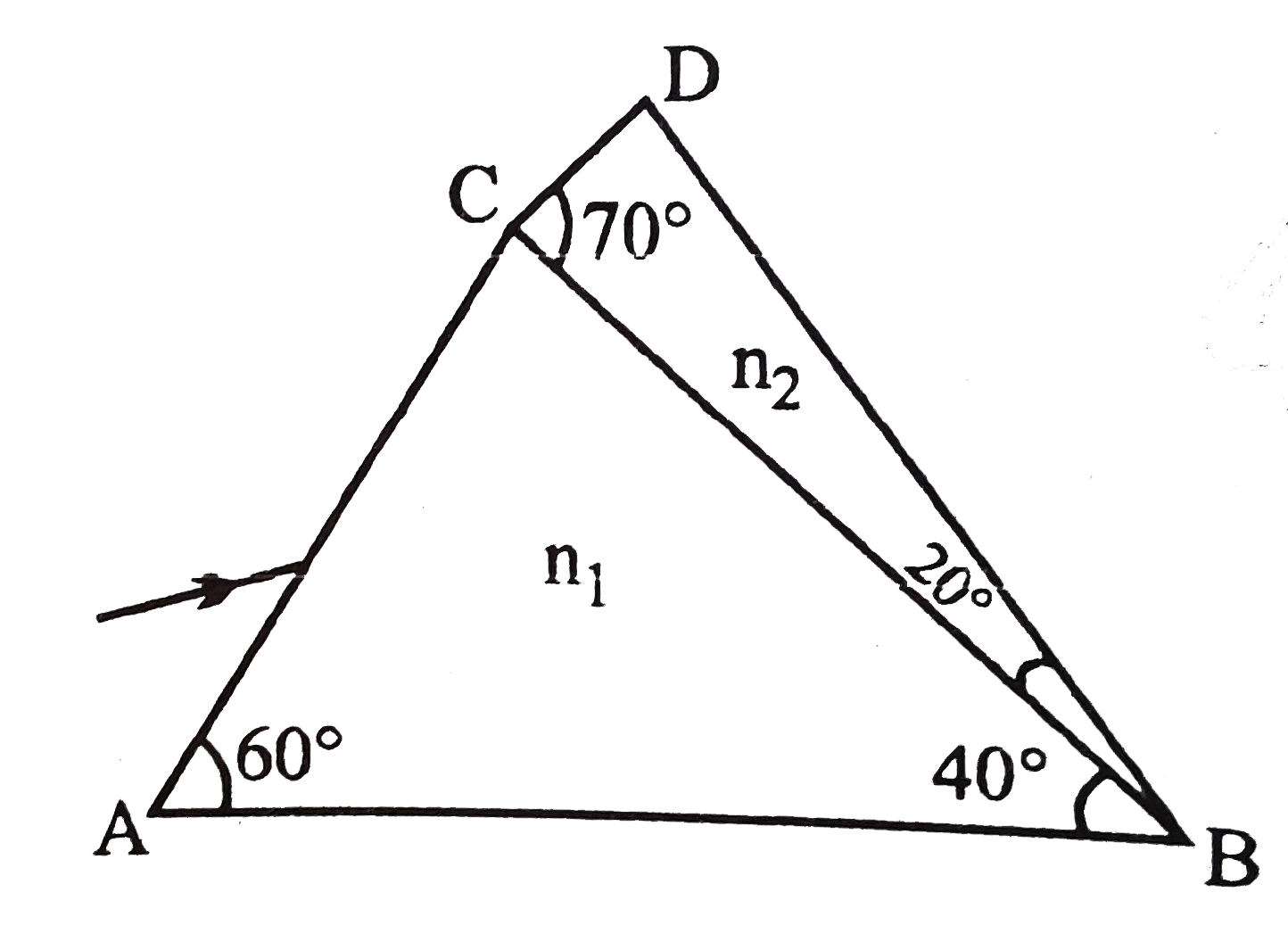A planet is revolving around the sun in an elliptical orbit. Which out of the following remains constant.Solution in Gujrati
Linear speed
angular momentum
kinetic energy
potential energy
The correct Answer is:All quantities vary over an orbit except angular momentum and total energy
Net torque on thhe comet is zero then the angular momentum is conserved
Topper's Solved these Questions
- GRAVITATIONBOOK - ALLEN CHAPTER - GRAVITATIONEXERCISE - Exercise 4 B (Brain Storming Subjective Exercise)
20 Videos
- GRAVITATIONBOOK - ALLEN CHAPTER - GRAVITATIONEXERCISE - Exercise 5 A (Previous Year Questions)
26 Videos
- GRAVITATIONBOOK - ALLEN CHAPTER - GRAVITATIONEXERCISE - Exercise 3 (Miscellaneous Type Questions)
20 Videos
- GEOMETRICAL OPTICSBOOK - ALLEN CHAPTER - GEOMETRICAL OPTICSEXERCISE - subjective
14 Videos
- KINEMATICS-2DBOOK - ALLEN CHAPTER - KINEMATICS-2DEXERCISE - Exercise (O-2)
47 Videos
Similar Questions
A small satellite revolves around a heavy planet in a circular orbit. At certain point in its orbit a sharp impulse acts on it and instantaneously increases its kinetic energy to 'k' (<2) times without change in its direction of motion show that in its subsequent motion the ratio of its maximum and minimum distance from the planet is k2−k assuming the mass of the satellite is negligibly small as compared to that of the planet.
View SolutionIf suddenly the gravitational force of attraction between earth and satellite revolving around it becomes zero, then the satellite will
View SolutionStatement-1: Two satellites A & B are in the same orbit around the earth B being behind A. B cannot overtake A by increasing its speed.
Statement-2: it will then go into a different orbit.
View SolutionA prism of refractive index n1 & another prism of reactive index n2 are stuck together without a gap as shown in the figure.The angle of the prisms are as shown. n1&n2depend onλ,the wavelength of light according to n1=1.20+10.8×104λ2&n2=1.45+1.80×104λ2 where λ is in nm.

(i)Calculate the wavelength λ0for which rays incident at any angle on the interfaceBCpass through without bending at that interface.
(ii) for light of wavelength λ0,find the angle of incidencei on faceACsuch that the deviation produced by the combination of prism is minimum.
View SolutionA particle is moving in xy-plane .At certain instant the components of its velocity and acceleration are as follows ux=3m/s,uy=4m/s,ax=2m/s2anday=1m/s2. The rate of change of speed at this moment is
View SolutionA planet is revolving around the sun in an elliptical orbit. Which out of the following remains constant. (a) Linear speed (b) angular momentum ( c) kinetic energy (d) potential energy (e) total energy throughout its orbit.
View SolutionFollowing physical quantity is constant where a planet that revolves around Sun in an elliptical orbit.
View SolutionFor a planet moving around the sun in an elliptical orbit, which of the following quantities remain constant ?
View SolutionA planet is revolving round the sun in an elliptical orbit. Of the following the property which is a constant during the motion of the planet is :
View SolutionA planet revolves around the sun in an elliptical orbit. If vp and va are the velocities of the planet at the perigee and apogee respectively, then the eccentricity of the elliptical orbit is given by :
View SolutionA comet is revolving around the sun in an elliptical orbit. Which of the following will remain constant throughout its orbit?
View Solutionप्रत्येक ग्रह सूर्य के परितः दीर्घवृत्तीय कक्ष में परिक्रमा करता है । सूर्य इसकी ………….. पर होता है ।
View Solutionएक ग्रह सूर्य के चारों ओर दीर्घवृत्ताकार कक्षा में परिक्रमण कर रहा हैं । उसकी चाल -
View SolutionA planet is revolving around the sun in an elliptical orbit. Which out of the following remains constant.
(a) Linear speed (b) angular momentum
( c) kinetic energy (d) potential energy (e) total energy throughout its orbit.
View SolutionA comet is revolving around the sun in a highly elliptical orbit. Which of the following will remain constant throughout its orbit ?
View SolutionIs the angular momentum in respect of a planet revolving in elliptical orbit around the Sun conserved?
View Solution
